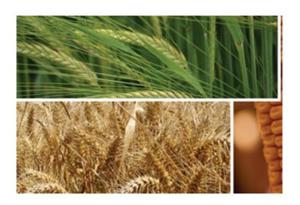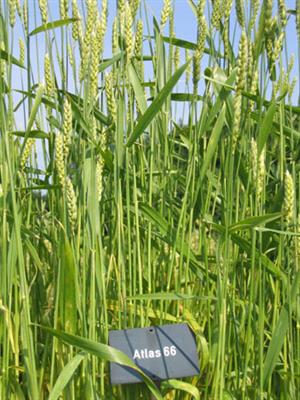PDF chapter test TRY NOW
Plant breeding for Insects/Pests Resistance:
A large number of insects and pests, in addition to microorganisms, cause damage to crops. Insects and pests infestation are two major causes for the destruction of crop plants. As a result, insect and pest resistance crop varieties have been developed. Insect resistance in host crop plants is due to morphological, biochemical or physiological characters.
Hairy leaves of plants are associated with resistance to insect pests. Low nitrogen, sugar and high aspartic acid in maize develop resistance to maize stem borers. Some of the insects or pest-resistant varieties are given below:
Crop | Variety | Resistant to insects/pests |
| Brassica | Pusa Gaurav | Aphids |
| Flat bean | Pusa Sem 2, Pusa Sem 3 | Leafhopper, aphids and fruit borer |
| Lady's finger | Pusa Sawani, Pusa A4 | Shoot and fruit borer |
Plant Breeding for Improved Nutritional Quality:
It is estimated that over \(840\) million people worldwide do not have enough food to meet their daily nutritional needs. Undernutrition and protein malnutrition in humans is a major public health issue that has received much attention worldwide. Around \(3\) billion people suffer from protein, vitamin and micronutrient deficiencies, also known as "hidden hunger".
These people cannot afford to buy enough fruits, vegetables, fish, meat and legumes. Their food lacks all of the essential micronutrients. This increases the risk of diseases, shortens the life span and impairs mental capacities. In addition to humans, it impacts the health of farm animals too.
To tackle the malnutrition problem, the nutritional content of the feed crops consumed by humans and animals are determined. The nutritional value of crops is determined by the quality and quantity of nutrients present. The nutritional quality can be enhanced by improving:
1. Protein content and quality
2. Oil content
3. Mineral composition
4. Vitamin content
Biofortification is the scientific process of developing crop plants enriched with high levels of desirable nutrients like vitamins, proteins and minerals.
It involves the breeding of crops with higher vitamin and mineral levels or higher protein and healthier fats. Following are some examples of crop varieties developed as a result of biofortification:
1. The lysine-rich maize hybrids Protina, Shakti, and Rathna, are developed in India. The maize hybrids had twice the amount of amino acids - lysine and tryptophan.

2. Atlas \(66\) is a wheat cultivar that is rich in protein.

3. Iron-rich fortified rice variety: The iron-rich cultivar contains five times the iron seen in commonly consumed varieties.
4. Indian Agricultural Research Institute (IARI) has developed vegetable crops rich in minerals and vitamins.
Example:
Vitamin A enriched carrots, pumpkin and spinach. Vitamin C enriched bitter gourd, tomato, mustard have been developed.
